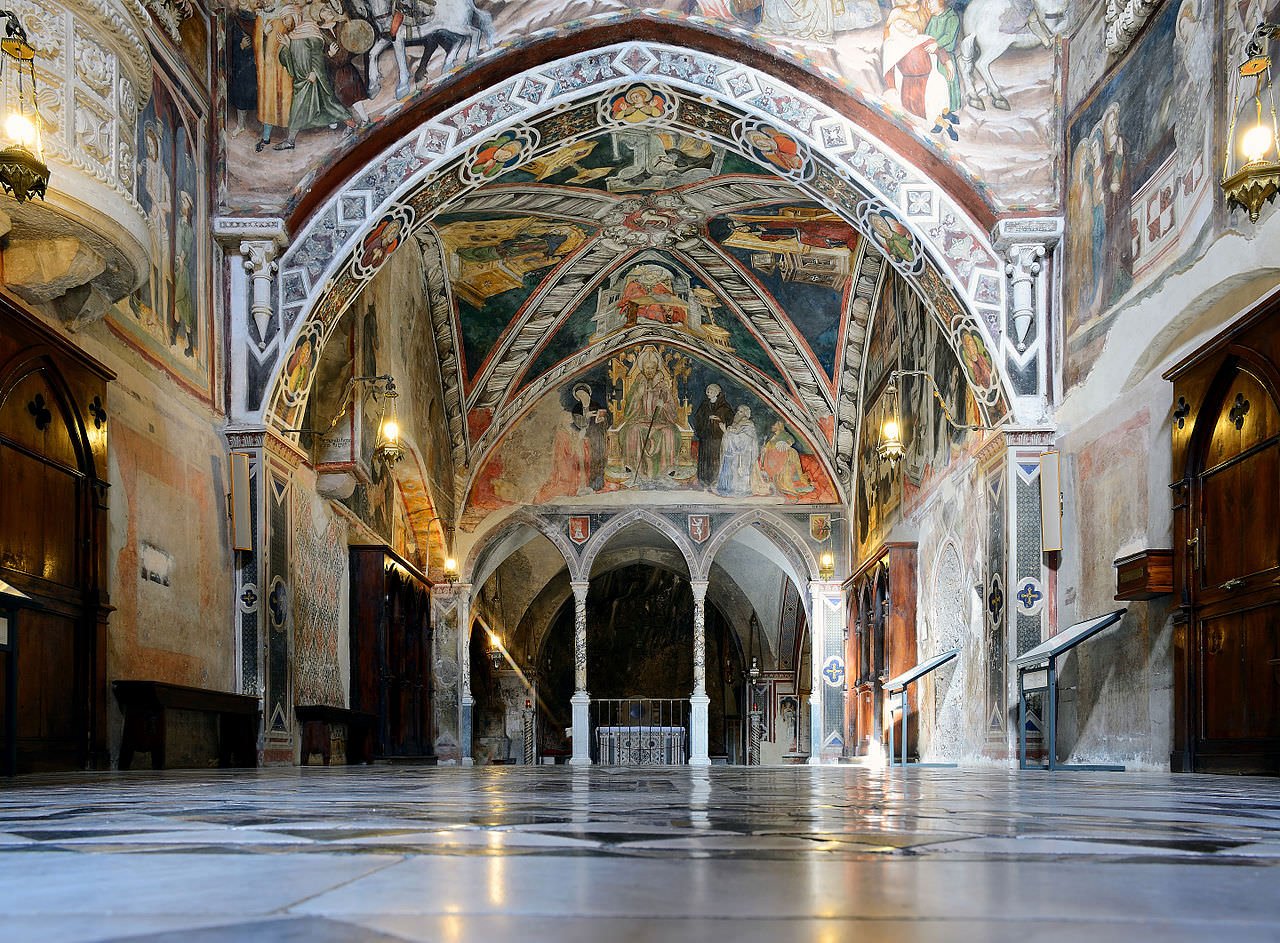The church alone directed and conducted education in medieval Europe. Unless destined for the priesthood, young men of the upper classes had little formal schooling, though the family chaplain often taught them to read and write. Young women usually had less education. But the monastic schools educated future monks and priests, and the Cluniac reform, stimulated study and the copying of manuscripts.
Medieval scholars divided knowledge into the seven liberal arts: the trivium (grammar, rhetoric, dialectic) and the quadrivium (arithmetic, geometry, astronomy, music). The first three included much of what we might call humanities today; the last four corresponded to the sciences. In the eleventh century only a few monastic schools taught all seven.
In general monks sought to preserve rather than to advance knowledge. The cathedral schools, on the other hand, fostered a more inquiring spirit. In France during the eleventh century, at the cathedral schools of Paris, Chartres, Rheims, and other towns, distinguished teachers were often succeeded by men whom they themselves had trained, and distinguished pupils went on to join or found other schools.
In Italy, a medical school had existed at Salerno since the early Middle Ages. At Bologna law became the speciality. Students were attracted to Bologna from other regions of Italy and even from northern Europe. In the early twelfth century, as education became fashionable for young men ambitious for advancement in the church or in the royal service, the number of students grew rapidly.
The student body at Bologna organized itself into two associations—students from Italy and students from beyond the Alps—and in the twelfth century the two incorporated as the whole body, the universitas, or university. As a corporate body they could protect themselves against being overcharged for food and lodging by threatening to leave town. They depended on their own work, or on their parents, to meet their fees.
If the students did not like a professor, they simply stayed away from his lectures. Soon the students fixed the price of room and board in town and fined professors for absence or for lecturing too long. The professors organized, too, and admitted to their number only those who had passed an examination and so won a license to teach.
In Paris and elsewhere in the north the cathedral schools were the forerunners of the universities. The teachers organized as a guild of those who taught the seven liberal arts and who got their licenses from the cathedral authorities. By the thirteenth century pious citizens had founded in Paris the first residence halls for poor students, who might eat and sleep free in these “colleges.” The practice crossed the Channel to Oxford and Cambridge, where the schools’ authorities stoutly resisted control by the secular powers.

